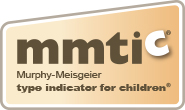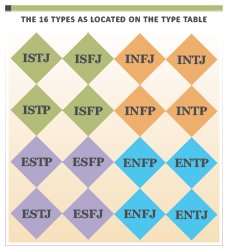Introvert-Extravert Learners : Type Tip #9
We know from previous research that extraverts remember more of a chapter if they read it thoroughly AFTER the lecture or demonstration. Introverts tend to remember more if they read thoroughly BEFORE the lecture or demonstration. I would tell classes you must read the chapter thoroughly some time before the test but you can skim first before the lecture and read thoroughly later if that helps you be more efficient in your learning. Teaching students to monitor their best ways to learn is an important metacognitive skill.



_thumb.png)
_thumb.png)
_thumb.png)












